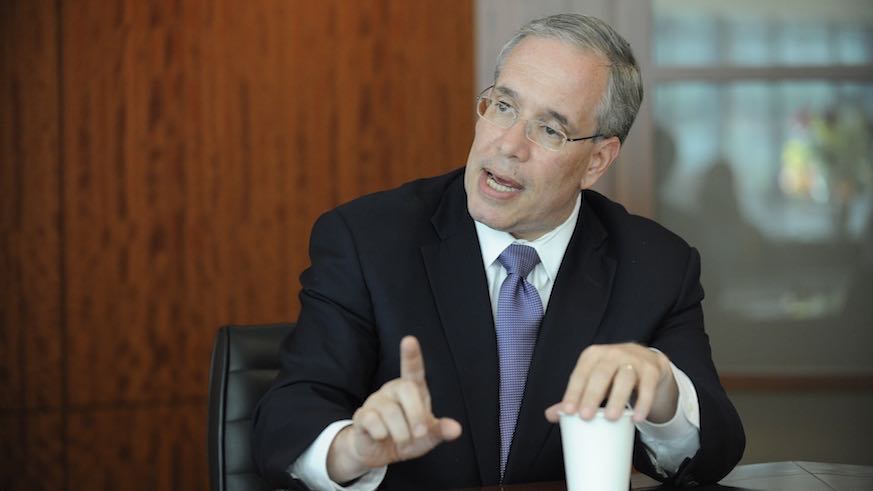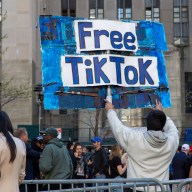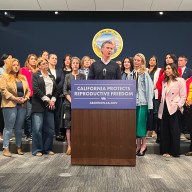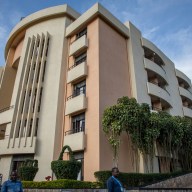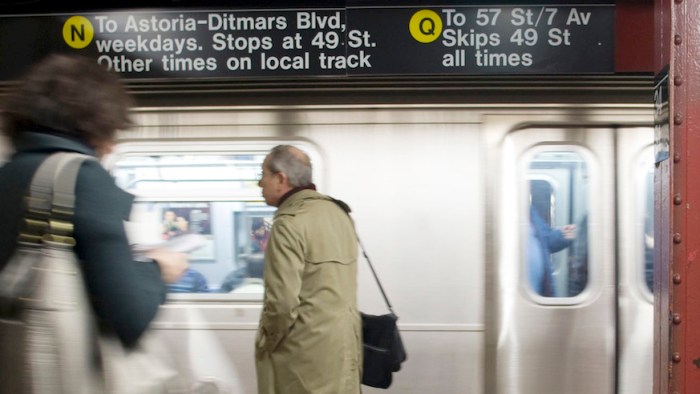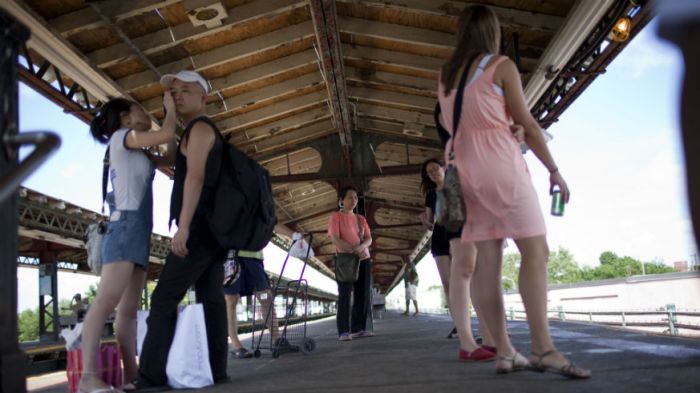In 2012, Manhattan Borough president and future 2013 Democratic Party primary NYC Comptroller candidate Scott Stringer called for the construction of a new Triboro X subway line. This would connect Brooklyn, Queens and The Bronx. It made a great sound bite at the time and got Stringer some free publicity. But you have to ask five years later, just what has he done to follow up?
As always, the devil is in the details. Stringer said that this would be his number one transportation priority if elected NYC comptroller. I have seen no evidence that Stringer, since January 2014 as NYC comptroller, continued to advocate the new Triboro X line as his number one transportation priority since assuming office when speaking to voters around town or as part of municipal budget negotiations.
In 2016, the Regional Planning Association updated release of an old proposal for construction of the Triboro X Bronx-Queens-Brooklyn new rail service. Just how did the RPA come up with a potential cost of $1 to $2 billion? My experiences of over 31 years in the transportation field tell me it could easily cost several billion more. Any proposed extension of the route from Bay Ridge, Brooklyn to Staten Island would require construction of a tunnel and additional station at the St. George Staten Island Ferry Terminal. This could also provide a connection to the Staten Island Rapid Transit station and system. This additional work alone could easily cost $5 billion.
There are no dollars programmed to support any work for advancement of this project contained with the MTA’s $32 billion 2015 – 2019 Five Year Capital Plan. Ditto for the MTA 2014 – 2034 Twenty-Year Capital Needs Assessment Plan. The same is true for NYC’s July 1, 2017 – June 30, 2018 municipal budget.
The New York State Department of Transportation sponsors a local planning organization known as the New York Metropolitan Transportation Council. They produce a Transportation Improvement Program which is part of the Statewide Transportation Improvement Program. Is this project listed on the TIP and or STIP? Is the project included within the New York Metropolitan Transportation Council local New York State Metropolitan Planning Organization Five Year Short Range and Twenty Year Long Range Plan for capital transportation projects?
Other than the Regional Planning Association updated briefing paper, there have been no planning feasibility studies, environmental documents or preliminary design and engineering efforts necessary to validate any basic estimates for construction costs of the X line. These would have to be refined as progress proceeds beyond the planning and environmental phases into real and final design efforts. Value engineering, a process used to reduce costs, would have to be used during the final design phase. Unfortunately, history has shown that estimated costs for construction usually trend upwards as projects mature toward 100 percent final design. Progression of final design refines the detailed scope of work necessary to support construction. The anticipated final potential cost for the X line would never be known until completion. Costs would be further refined by award of construction contracts followed by any unforeseen site conditions and change orders to the base contracts during the course of construction.
The proposed revised Triboro X route starting from Co-Op City in the Bronx connecting with Queens and terminating in Bay Ridge, Brooklyn, will traverse dozens of neighborhoods impacting several hundred thousand people living nearby. How will they react to potential noise and visual impacts of a new elevated subway? There are serious legal and operational issues to be resolved with the Federal Rail Road Administration. They have regulatory jurisdiction over significant portions of the proposed route which would run adjacent to existing active freight tracks. Subway and freight trains have to coexist on the same narrow corridor.
Project costs will probably include a series of new stations with elevators and escalators. This is necessary to provide transfer capacity with 15 subway and four commuter rail stations that intersect along the X line route. (Each connecting subway or commuter rail station could easily cost from $50 to $200 million; imagine the costs of escalators and including elevators to be in compliance with ADA.) Add to that — new track, signals, power, power substations and a hundred or more new subway cars ($2 million per car). This additional fleet would require construction of a new maintenance, operations and storage yard (several hundred million.) What community would be willing to host such a facility. There is also a potential serious conflict at the Bay Ridge, Brooklyn terminus. This is also a potential site for a connection to the proposed $10 billion Cross Harbor Freight Tunnel project.
History has told us that construction of most major new transportation system expansion projects have taken decades. There is the completion of feasibility studies, environmental reviews, planning, design, engineering, real estate acquisition, permits, procurements, budgeting, identifying and securing funding to pay for all of the above before construction can start.
There is not enough space here to list many other transportation projects in NYC whose costs range from $50 million to $6 billion that might be considered a higher priority than the Triboro X line.
Larry Penner is a transportation historian and advocate who previously worked 31 years for the U.S. Department of Transportation Federal Transit Administration Region 2 NY Office. Send him your transit questions by emailing letters@metro.us.

